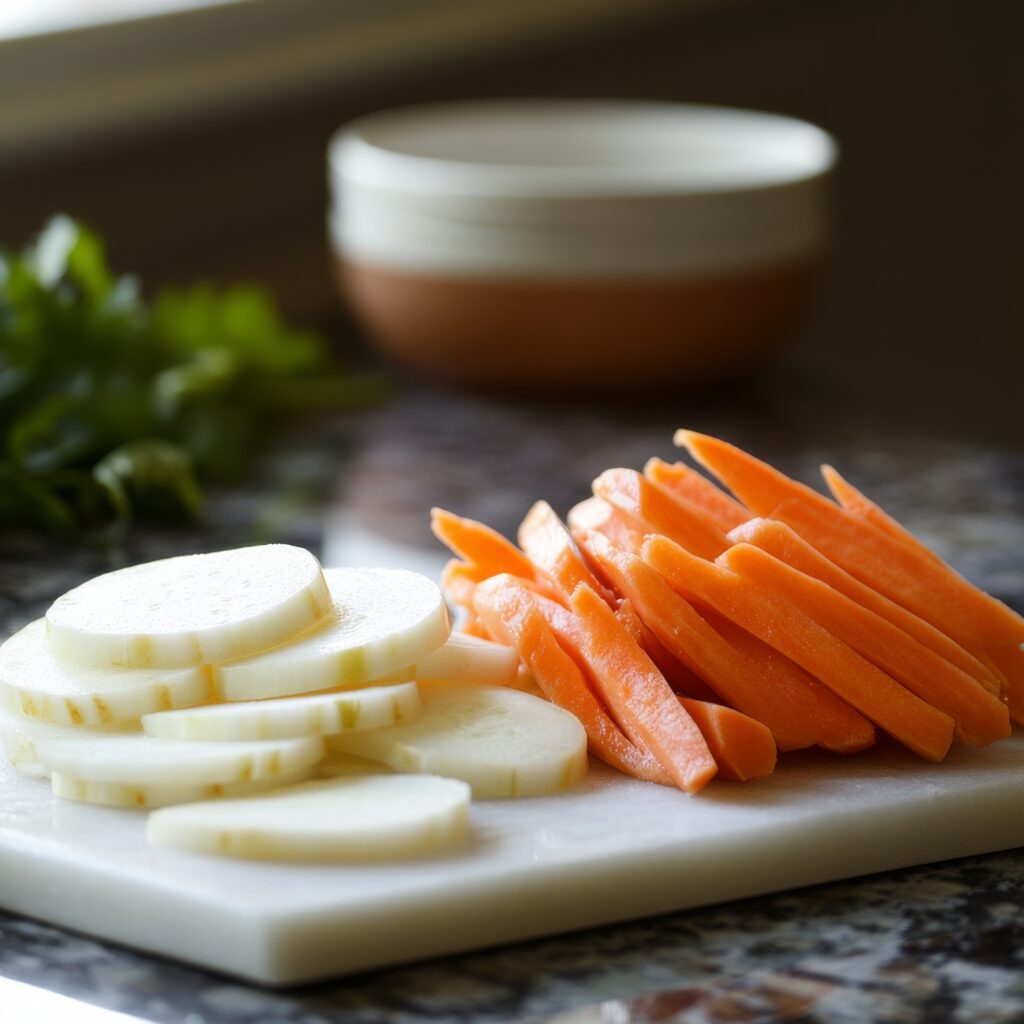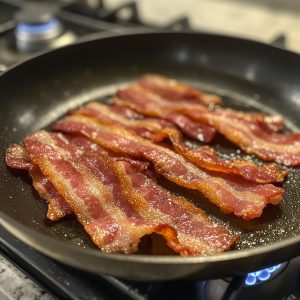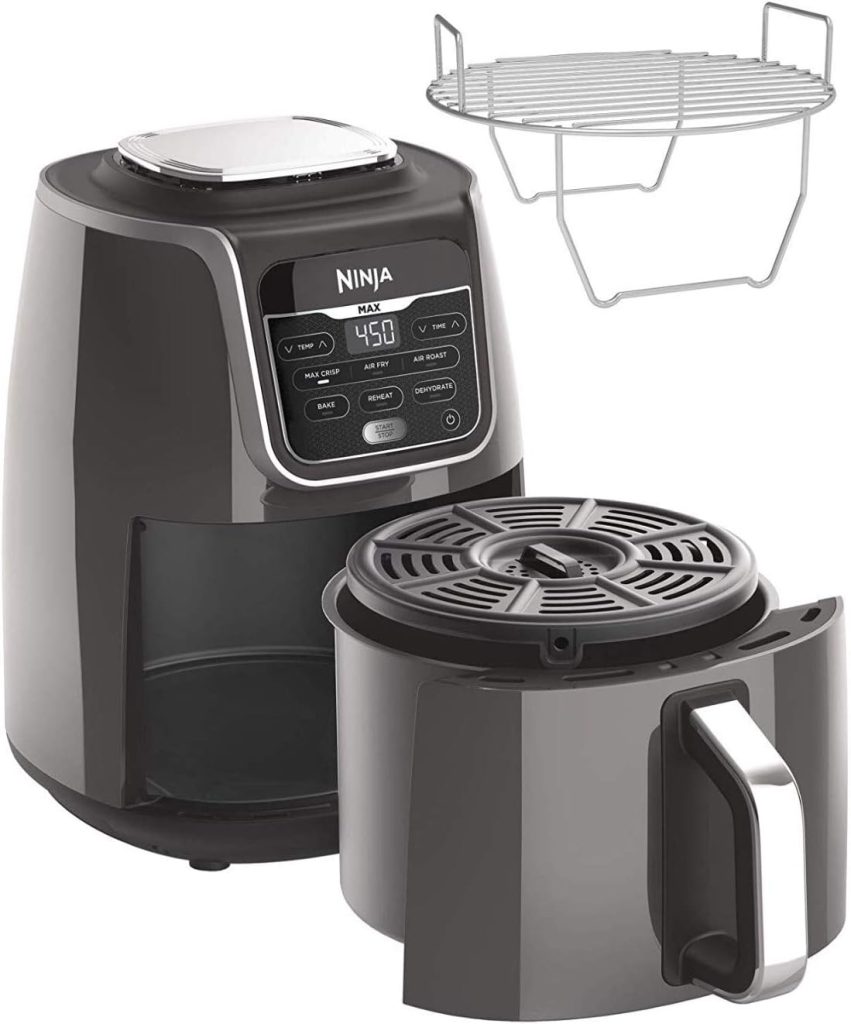Why a Low-Carb Diet Works: Health Benefits You Need to Know
Lately, I’ve been considering starting a low-carb diet to help shed some pounds and get healthier. As someone who loves food, the idea of cutting down on carbs is a little intimidating, but I’m eager to see if it could work for me. Before diving in, I wanted to research the benefits and safety of this type of diet. There’s a lot of talk about how low-carb eating can help with weight loss, control blood sugar, and even boost energy levels. But it’s also essential to understand the potential risks, especially if you have underlying health conditions.
I’m not a doctor or nutritionist, so I urge anyone considering a low-carb diet to speak with their healthcare provider first. Everyone’s body is different, and it’s always best to get personalized advice before making any big changes to your eating habits. As I research and explore what might work for me, I hope to share some helpful insights with you about what I learn along the way. Whether you’re considering this type of diet or just curious about it, let’s dig into the details together!
What Is a Low-Carb Diet?
A low-carb diet focuses on reducing the intake of carbohydrates, which are found in foods like bread, pasta, rice, sugary snacks, and starchy vegetables. Instead of relying on carbs for energy, a low-carb diet encourages consuming more proteins and healthy fats. The goal is to help manage weight, regulate blood sugar levels, and improve metabolic health.
How Does It Work?
When you eat fewer carbs, your body starts to burn stored fat for energy instead of glucose (sugar). This process, called ketosis, can help with weight loss and fat burning.
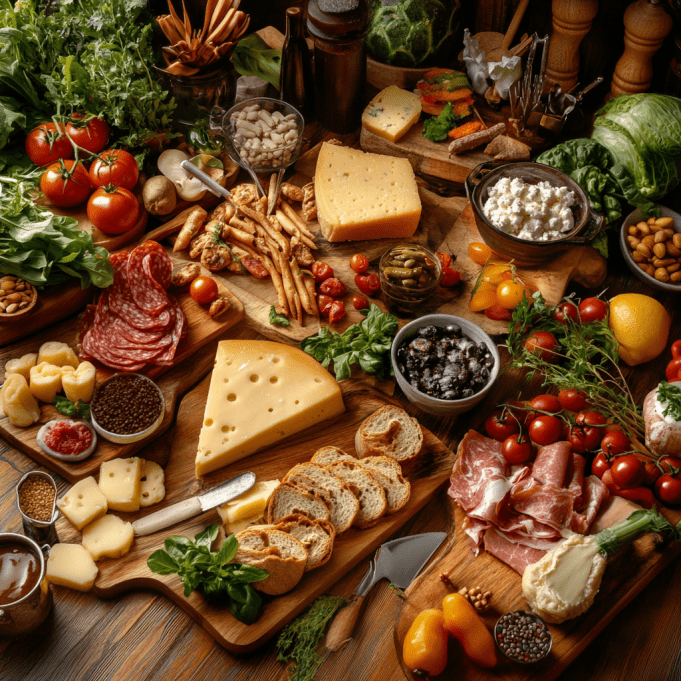
Common Foods on a Low Carb Diet
Proteins: Meat, poultry, fish, eggs
Healthy fats: Olive oil, avocado, nuts, seeds
Low-carb veggies: Leafy greens, broccoli, cauliflower, zucchini
Dairy: Cheese, cream, unsweetened yogurt
Berries: Strawberries, blueberries (in moderation)
Foods to Avoid or Limit:
Sugary foods: Candy, soda, desserts
Grains: Bread, pasta, rice, cereal
Starchy vegetables: Potatoes, corn, peas
Legumes: Lentils, beans, chickpeas
Processed snacks: Chips, crackers, cookies
Benefits of a Low-Carb Diet:
- Weight loss
- Better blood sugar control
- Reduced cravings
- Improved heart health markers
- Increased energy from fat-burning
Popular Low-Carb Diets:
- Keto Diet: Extremely low in carbs (usually less than 20-50g per day)
- Atkins Diet: Starts very low in carbs, then gradually adds more
- Paleo Diet: Focuses on whole, unprocessed foods with limited carbs
- South Beach Diet: Low-carb but includes some whole grains
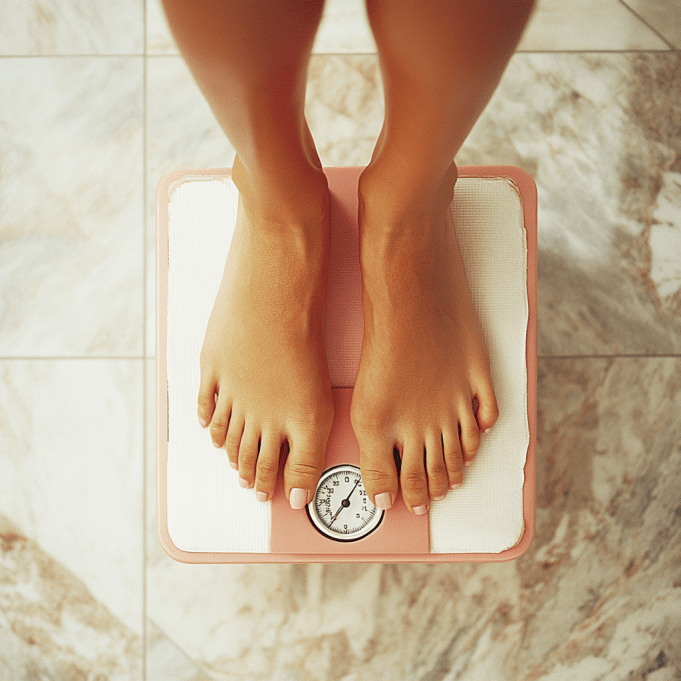
Losing Weight
Reduces Hunger
Cutting carbs helps stabilize blood sugar levels and reduces insulin spikes. This helps control cravings and prevents the intense hunger that often derails other diets.
Encourages Fat Burning
When carbs are reduced, your body shifts to burning stored fat for energy instead of glucose (from carbs). This process, called ketosis, helps melt away fat — especially around the belly area.
Lowers Insulin Levels
Insulin is a hormone that signals the body to store fat. Eating fewer carbohydrates lowers insulin levels, making it easier for the body to use fat for fuel rather than store it.
Prevents Water Retention
Carbohydrates make the body retain water. You’ll lose water weight quickly in the first few days when you cut carbs. After that, fat loss begins.
Research on Low-Carb Diets and Weight Loss
Numerous studies have shown that low-carb diets lead to more significant weight loss than low-fat diets, even when people on low-carb diets eat until they’re full. This is partly because protein and fat are more satisfying, so you’re less likely to overeat.
What Kind of Weight Loss to Expect?
Numerous studies have shown that low-carb diets lead to more significant weight loss than low-fat diets, even when people on low-carb diets eat until they’re full. This is partly because protein and fat are more satisfying, so you’re less likely to overeat.
Are These Diets Safe?
A low-carb diet is generally safe for most people, especially when it focuses on whole, unprocessed foods. However, its safety depends on how it’s followed and your individual health condition.
Let’s examine the pros and potential risks of a low-carb diet so you can understand when it’s safe and when you should exercise caution.
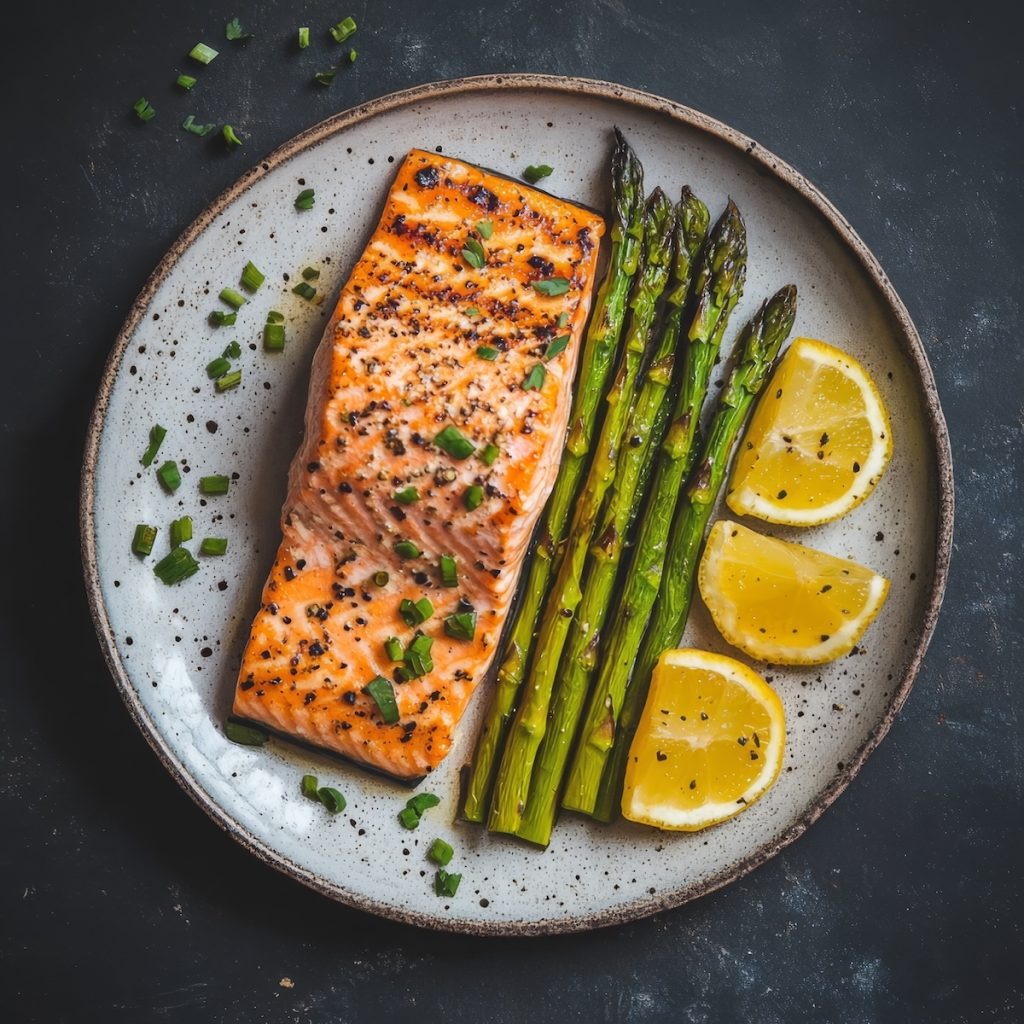
When a Low-Carb Diet is Safe and Beneficial:
For Healthy Adults
Most healthy people can safely follow a low-carb diet. In fact, many experience weight loss, better blood sugar control, and improved energy levels.
For People with Type 2 Diabetes
Low-carb diets can be beneficial for those with type 2 diabetes or pre-diabetes, as they help lower blood sugarand reduce insulin resistance.
For Weight Loss
Low-carb diets have been shown to be effective for weight loss without causing harm, especially when focused on healthy proteins, fats, and vegetables.
When You Should Be Cautious:
If You Have Certain Medical Conditions
People with kidney disease, liver disease, or gallbladder issues should be cautious. A high intake of protein and fats can put additional strain on these organs.
If You’re Pregnant or Breastfeeding
Pregnant or breastfeeding women should avoid extremely low-carb diets (like keto) because they may not provide enough essential nutrients for the baby.
If You Take Medication for Diabetes or Blood Pressure
A low-carb diet can lower blood sugar and blood pressure quickly. If you’re on medications for these conditions, you’ll need to work with your doctor to adjust your doses.
Potential Side Effects of Low-Carb Diets:
- Keto Flu (Temporary)
When you first start a low-carb diet, you might experience fatigue, headaches, dizziness, and irritability — known as the “keto flu”. This happens as your body adjusts to burning fat for energy instead of carbs. It usually passes within a week. - Nutrient Deficiencies
Cutting carbs too much can result in a lack of fiber, vitamins, and minerals (like potassium and magnesium). Eating non-starchy vegetables and low-carb fruits can help prevent this. - Digestive Issues
Some people experience constipation on a low-carb diet, especially if they’re not eating enough fiber-rich veggies. Staying hydrated and eating more leafy greens can help.
How to Make a Low-Carb Diet Safe:
- Choose healthy fats — olive oil, avocado, nuts
- Eat plenty of non-starchy vegetables — broccoli, spinach, zucchini
- Prioritize lean proteins — chicken, fish, eggs
- Avoid processed low-carb foods — skip packaged snacks labeled as “low-carb”
- Stay hydrated — drink plenty of water
- Consider supplements if you’re cutting out too many foods
Who Should Avoid Extreme Low-Carb Diets?
Some people should avoid extremely low-carb diets (like keto) and aim for a moderate-carb approach instead:
- Children and teens
- Athletes needing high endurance
- People with eating disorders
••Those with chronic kidney disease
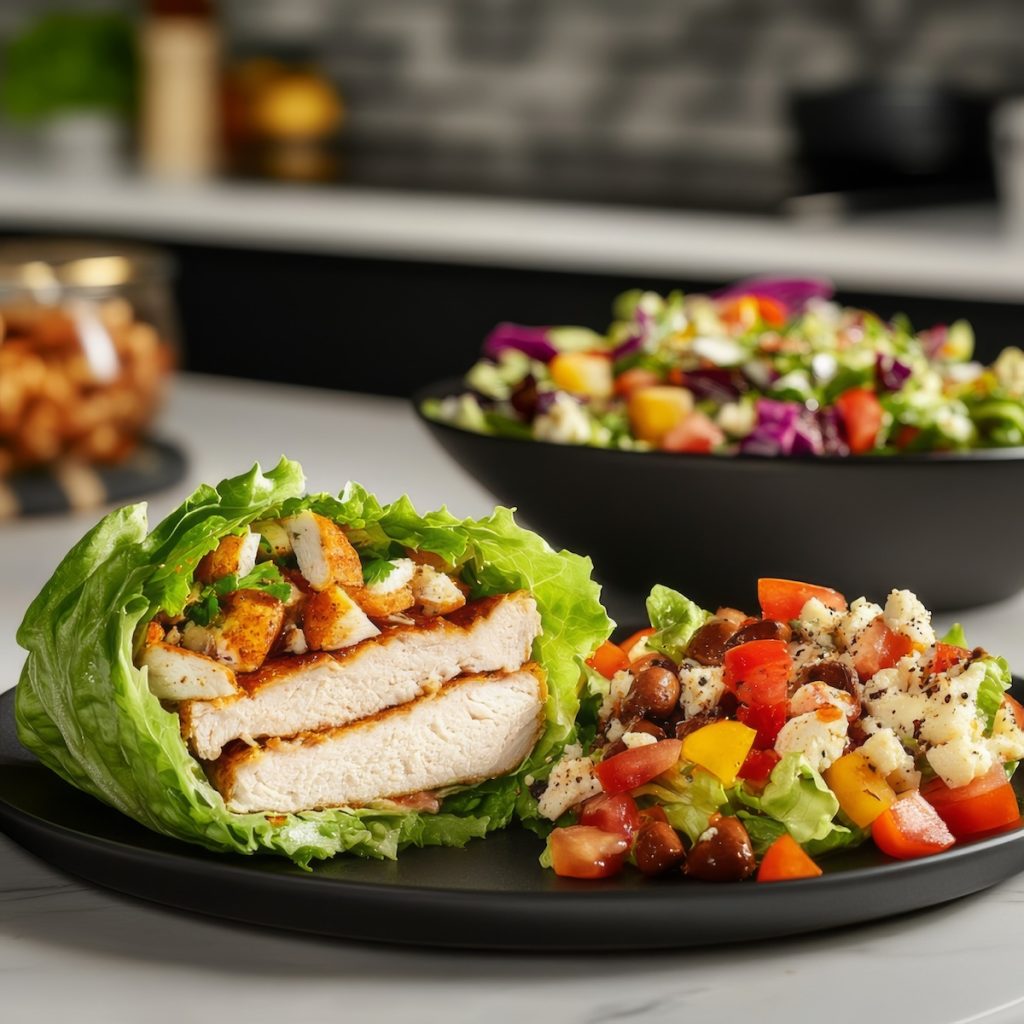
Breakfast
Here are some delicious low-carb breakfast options that are satisfying and will keep you energized throughout the morning:
1. Scrambled Eggs with Avocado
- Scramble eggs with a bit of cheese and top with fresh avocado slices. You can add a sprinkle of salt, pepper, and chili flakes for extra flavor.
2. Greek Yogurt with Berries
- Choose unsweetened Greek yogurt, and top with a handful of low-carb berries like strawberries, blueberries, or raspberries. Add a few nuts or seeds for crunch.
3. Omelette with Vegetables
- Make an omelette filled with spinach, mushrooms, bell peppers, and cheese. You can even add some cooked bacon or sausage for extra protein.
4. Chia Pudding
- Mix chia seeds with unsweetened almond milk, vanilla extract, and a bit of sweetener (like stevia or monk fruit). Let it sit overnight to thicken, and top with a few berries in the morning.
5. Cottage Cheese with Nuts and Seeds
- Cottage cheese is low in carbs and high in protein. Add some almonds, walnuts, or flaxseeds for added crunch, and a drizzle of cinnamon for flavor.
6. Avocado and Egg Cups
- Cut an avocado in half and remove the pit. Crack an egg into the hollowed-out space and bake until the egg is set. Sprinkle with salt, pepper, and a dash of hot sauce.
7. Bacon and Eggs
- A classic combo that’s quick and easy. Enjoy fried or scrambled eggs with crispy bacon on the side for a filling breakfast.
8. Keto Pancakes
- Make pancakes with almond flour, eggs, and a bit of cream cheese. Serve with sugar-free syrup or some fresh berries.
9. Smoothie with Protein
- Blend up a low-carb smoothie with unsweetened almond milk, spinach, protein powder, avocado, and a few berries.
10. Almond Flour Muffins
- Make low-carb almond flour muffins that are quick to prepare and great for a grab-and-go breakfast.
These breakfast choices are all rich in protein and healthy fats, keeping you full and satisfied without the carb overload. Want to know more low-carb meal ideas? Let me know!
Lunch
Here are some low-carb lunch ideas that are both filling and flavorful:
1. Grilled Chicken Salad
- Grilled chicken served over a bed of leafy greens like spinach, arugula, or mixed lettuce. Add avocado, cucumber, cherry tomatoes, and a simple olive oil and lemon dressing.
2. Lettuce-Wrapped Turkey or Chicken Sandwich
- Replace bread with large lettuce leaves to wrap sliced turkey or chicken, and add some cheese, mustard, and avocado for flavor.
3. Zucchini Noodles with Pesto
- Use a spiralizer to create zucchini noodles and toss them in homemade pesto (made with basil, garlic, olive oil, Parmesan, and pine nuts). You can also add grilled chicken or shrimp for protein.
4. Cauliflower Rice Stir-Fry
- Swap regular rice for cauliflower rice and stir-fry with vegetables, scrambled eggs, and your choice of protein (like shrimp, chicken, or beef). Top with soy sauce or coconut aminos for added flavor.
5. Cobb Salad
- A classic Cobb salad made with grilled chicken, bacon, hard-boiled eggs, avocado, and blue cheese. Dress with olive oil and vinegar or your favorite low-carb dressing.
6. Egg Salad Lettuce Wraps
- Make an egg salad with boiled eggs, mayo, mustard, and chopped celery. Wrap the mixture in large lettuce leavesfor a low-carb alternative to a sandwich.
7. Grilled Salmon with Asparagus
- Grilled salmon served with roasted or sautéed asparagus or other low-carb vegetables like broccoli or spinach.
8. Beef and Veggie Skewers
- Skewer chunks of beef, bell peppers, zucchini, and mushrooms, and grill or bake until cooked. Serve with a side of garlic butter or aioli.
9. Chicken Lettuce Cups
- Shredded rotisserie chicken mixed with mayo or Greek yogurt, mustard, and diced celery, served in romaine lettuce leaves as a crunchy wrap.
10. Caprese Salad
- A fresh Caprese salad with mozzarella, tomatoes, basil, and a drizzle of balsamic vinegar and olive oil. Add some grilled chicken or shrimp for protein.
These lunch options are quick to prepare, packed with healthy fats and protein, and low in carbs. Whether you prefer salads, wraps, or stir-fries, there’s something here to keep you full and satisfied. Would you like more ideas or detailed recipes for any of these?
How do I avoid carbs when preparing dinner menus?
Avoiding carbs while preparing dinner menus is all about choosing the right ingredients and making substitutions for typical carb-heavy items. Here are some practical tips to help you create delicious, low-carb dinners:
1. Skip Starches Like Pasta, Rice, and Potatoes
- Replace pasta with zucchini noodles (zoodles), spaghetti squash, or shirataki noodles (also known as miracle noodles).
- Substitute rice with cauliflower rice, broccoli rice, or cabbage rice for a similar texture.
- Replace mashed potatoes with mashed cauliflower or mashed turnips.
2. Focus on Protein-Rich Main Dishes
- Meat: Choose protein-packed options like chicken, beef, pork, lamb, or fish. Opt for lean cuts, and incorporate fats like butter or olive oil to add flavor.
- Eggs: A versatile, low-carb option — think omelets, frittatas, or shakshuka.
- Seafood: Fish and shellfish like salmon, shrimp, and scallops are naturally low in carbs and can be paired with low-carb veggies.
3. Use Low-Carb Vegetables
- Focus on leafy greens like spinach, kale, arugula, and lettuce for salads or side dishes.
- Non-starchy veggies like broccoli, cauliflower, asparagus, zucchini, cucumbers, mushrooms, and bell peppersare perfect for roasting, stir-frying, or grilling.
- Avocados are an excellent source of healthy fats and can be used in salads, stuffed, or as a topping.
4. Make Low-Carb Sauces and Dressings
- Make your own cream-based sauces (like Alfredo, garlic butter, or pesto) instead of relying on sugar-laden store-bought ones.
- Olive oil and vinegar make great low-carb dressings for salads. Add mustard, lemon juice, or herbs for extra flavor.
5. Avoid Bread, Crumbs, and Breaded Foods
- Skip the bread and opt for lettuce wraps, cabbage wraps, or collard greens instead of sandwiches or tacos.
- Crumbing: Instead of bread crumbs, use almond flour, coconut flour, or ground flaxseed for breading or thickening.
6. Choose Healthy Fats
- Use healthy oils like olive oil, coconut oil, or avocado oil to sauté vegetables, meat, or seafood.
- Add butter or ghee to roasted vegetables or meats for extra richness.
7. Create Flavorful Dishes Without Carbs
- Grilled meats with fresh herbs, spices, and marinades.
- Roasted vegetables drizzled with olive oil, garlic, and herbs.
- Stir-fries with a protein (chicken, beef, shrimp) and low-carb veggies like bell peppers, broccoli, and zucchini.
Sample Low-Carb Dinner Menu Ideas
- Grilled Chicken with Cauliflower Rice: Serve marinated grilled chicken alongside cauliflower rice sautéed with garlic and spinach.
- Salmon with Roasted Asparagus: Baked salmon with lemon butter and a side of roasted asparagus or sautéed mushrooms.
- Beef Stir-Fry: Stir-fried strips of beef with broccoli, bell peppers, and a low-carb soy sauce or coconut aminos.
- Zucchini Noodles with Pesto: Zucchini noodles tossed in homemade pesto with grilled shrimp or chicken.
- Eggplant Lasagna: Layer thin slices of eggplant with ricotta, marinara sauce (without added sugar), and mozzarella cheese for a low-carb twist on lasagna.
Bonus Tips:
- Batch cooking low-carb options in advance (like grilled meats, roasted vegetables, or cauliflower rice) makes weeknight dinners easier.
- Experiment with spices and herbs to make your meals extra flavorful without adding carbs.
By focusing on protein, healthy fats, and low-carb vegetables, you’ll easily avoid carbs at dinner while still enjoying delicious, satisfying meals. Would you like me to draft a full low-carb dinner menu or provide more recipes?

